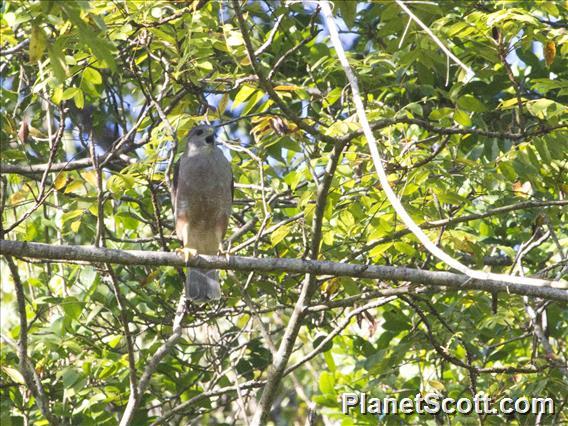Ridgway's Hawk (Buteo ridgwayi)

Ridgway's Hawk (Buteo ridgwayi)
×


Ridgway's Hawk (Buteo ridgwayi)
About Ridgway's Hawk (Buteo ridgwayi)
- Kingdom: Animals
- Phylum: Chordates
- Class: Birds
- Order: Hawks, Eagles, Kites, and Allies
- Family: Hawks, Eagles, and Kites
Ridgway's hawk is a bird of prey in the family Accipitridae endemic to the island of Hispaniola in the Caribbean. It is classified as Critically Endangered because of habitat destruction and human persecution in the Dominican Republic; however, due to conservation efforts, the population is now increasing.
Source: Wikipedia
Lifelists
Trips
Visits
-
2014-01-26
Los Haitises National Park, Dominican Republic

